Ball joints are a crucial component of a vehicle's suspension system, allowing for smooth movement and handling. Over time, they can wear out, leading to various issues. Identifying bad ball joints early can prevent further damage and ensure your vehicle's safety. Here are the steps to check if your ball joints are bad.
One of the first signs of bad ball joints is unusual noises coming from the suspension system. Pay attention to clunking or knocking sounds when driving over bumps or making turns. These noises often indicate that the ball joints are loose or have excessive play.
Uneven tire wear is another indicator of bad ball joints. Look for signs of wear on the inner or outer edges of the tires. If the ball joints are failing, they can cause misalignment, leading to uneven tire wear. Regularly check your tires for such patterns as part of routine maintenance.
10-Piece Ball joint Separator Tool Kit-Mercedes
Excessive vibration in the steering wheel or the front of the vehicle can be a sign of bad ball joints. This vibration is often felt when driving at higher speeds or on rough roads. If you notice unusual vibrations, it’s essential to have your suspension system inspected by a professional.
A visual inspection of the ball joints can reveal signs of wear and damage. To do this, safely lift the vehicle using a jack and secure it with jack stands. Look for any visible damage, such as cracked or torn rubber boots, rust, or grease leakage around the ball joints. These are signs that the ball joints may be compromised.
The "shake test" is a simple way to check for play in the ball joints. With the vehicle securely lifted and the wheels off the ground, grasp the tire at the 12 o'clock and 6 o'clock positions. Try to rock the tire back and forth. If you feel excessive movement or hear a clunking sound, it could indicate that the ball joints are worn out.
3 in 1 Ball Joint Service Tool Set
Bad ball joints can affect the vehicle’s steering. Pay attention to any difficulty in steering, such as a loose or wandering steering feel. If the vehicle pulls to one side or you experience unusual steering behavior, it might be due to worn ball joints affecting the alignment.
If you suspect that your ball joints are bad, it’s crucial to have them inspected by a professional mechanic. They have the tools and expertise to accurately diagnose the condition of your suspension system. Regular inspections and maintenance can help catch issues early and prevent costly repairs down the road.
Q: How often should ball joints be inspected?
A: Ball joints should be inspected during regular vehicle maintenance, typically every 10,000 to 15,000 miles. However, if you notice any symptoms of bad ball joints, such as unusual noises or steering issues, have them checked immediately.
Q: Can I drive with bad ball joints?
A: It is not safe to drive with bad ball joints. Worn or damaged ball joints can lead to loss of control and steering issues, posing a significant safety risk. If you suspect bad ball joints, have them inspected and replaced promptly.
Q: How much does it cost to replace ball joints?
A: The cost of replacing ball joints can vary depending on the make and model of your vehicle, as well as labor rates. On average, you can expect to pay between $200 and $500 for parts and labor for both upper and lower ball joints.
Q: What causes ball joints to go bad?
A: Ball joints can wear out due to various factors, including age, driving conditions, and lack of maintenance. Frequent driving on rough roads, exposure to dirt and moisture, and carrying heavy loads can accelerate the wear and tear on ball joints.
Q: Can bad ball joints affect alignment?
A: Yes, bad ball joints can cause misalignment, leading to uneven tire wear and steering issues. It’s essential to replace worn ball joints and have your alignment checked to ensure proper handling and tire longevity.
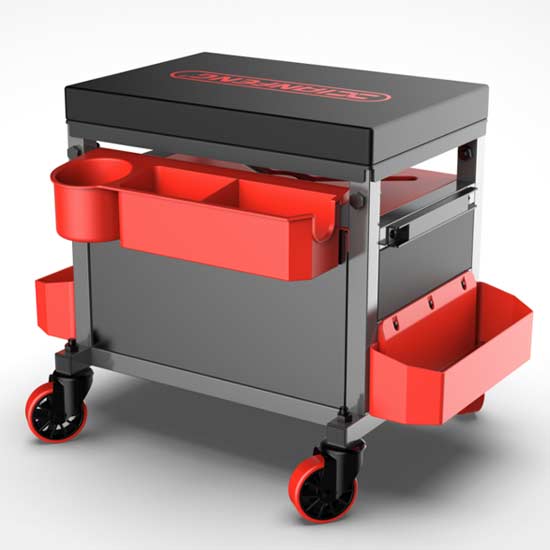 Tool seat
Tool seat
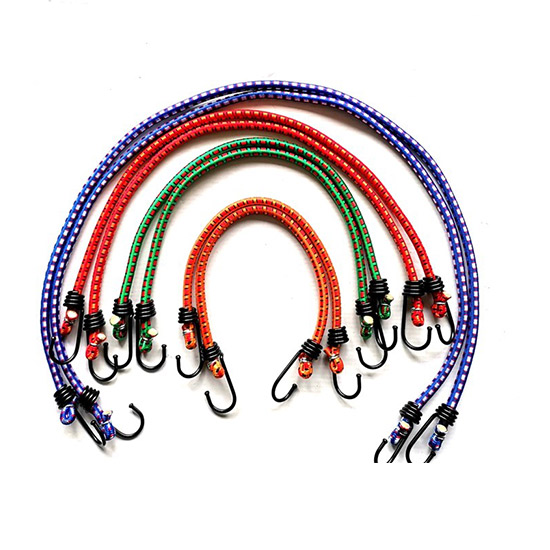 Stretch Cord
Stretch Cord
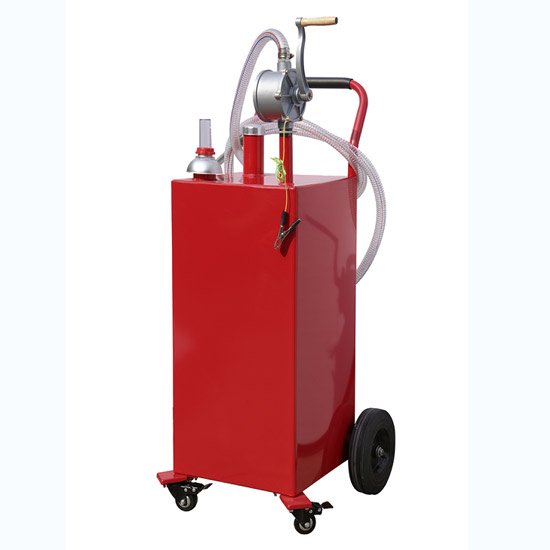 Oil Pump
Oil Pump
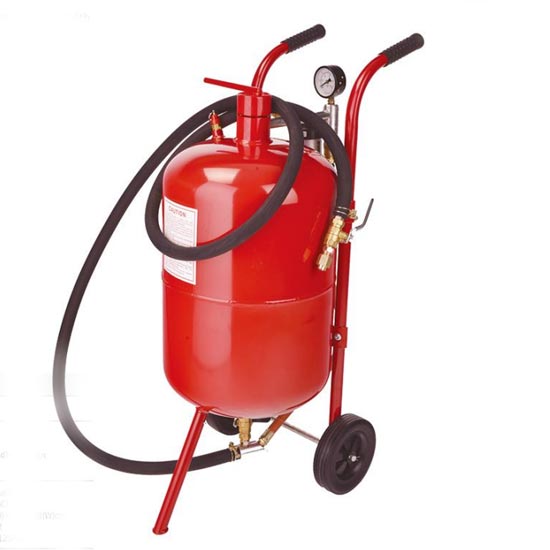 Sandblast Pot
Sandblast Pot
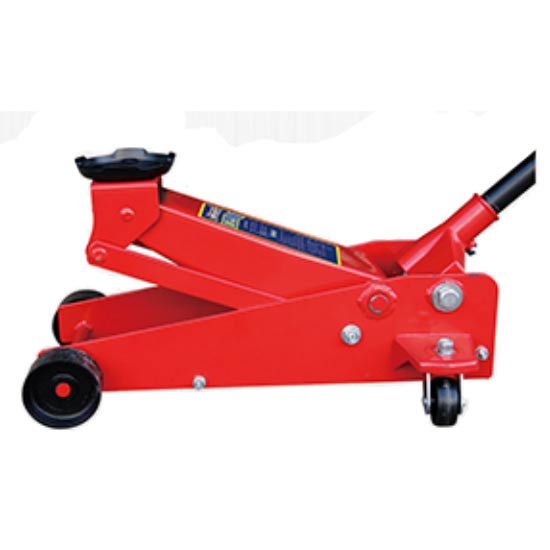 2.25 Ton Hydraulic Floor Jack
2.25 Ton Hydraulic Floor Jack
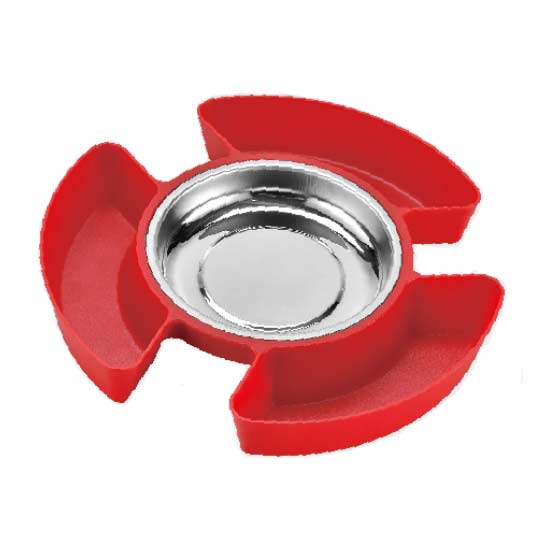 Magnetic Tray With Tool Plate
Magnetic Tray With Tool Plate
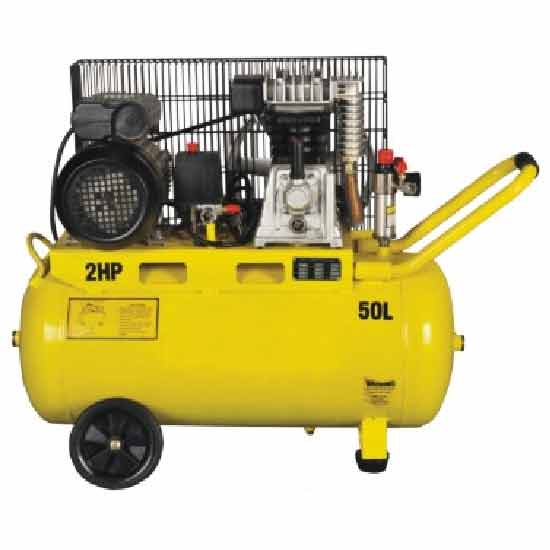 Single-stage Air-cool Movable Air Compressor
Single-stage Air-cool Movable Air Compressor
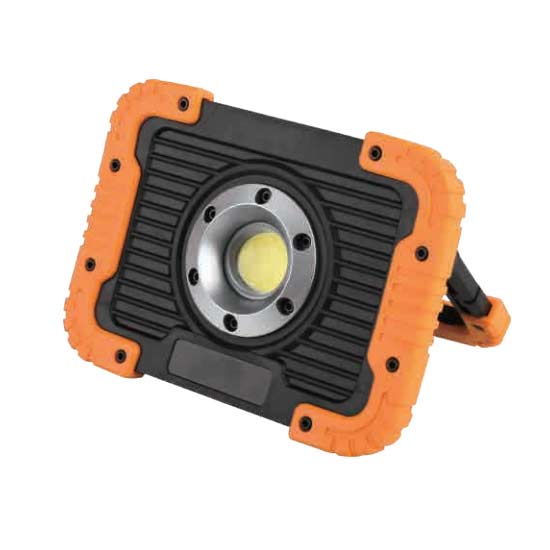 10W Rechargeable Led Flood Light
10W Rechargeable Led Flood Light
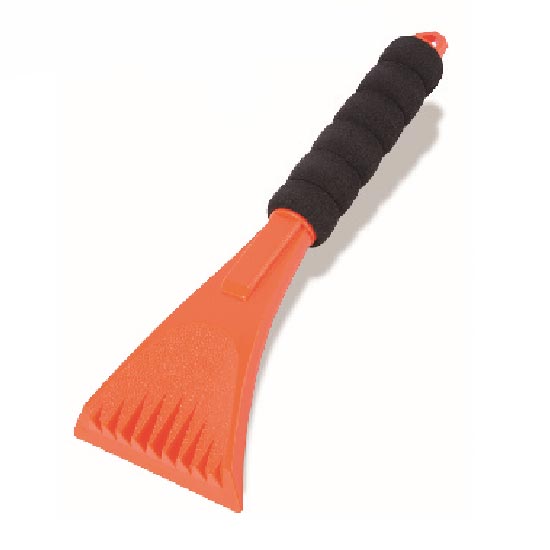 Ice Scraper
Ice Scraper
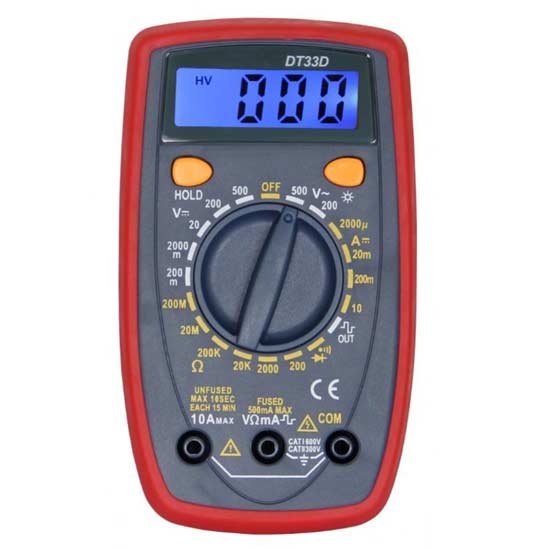 Small Multimeter with Backlight
Small Multimeter with Backlight
 Jump Starter With 4 Led Lights
Jump Starter With 4 Led Lights
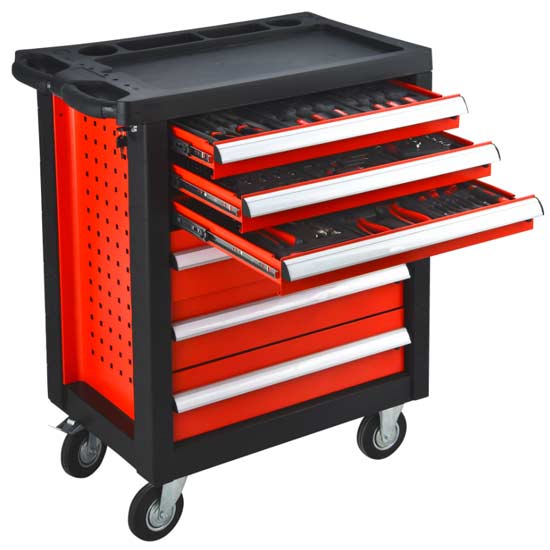 Steel Tool Cabinet
Steel Tool Cabinet
 Large Tool Cabinet
Large Tool Cabinet
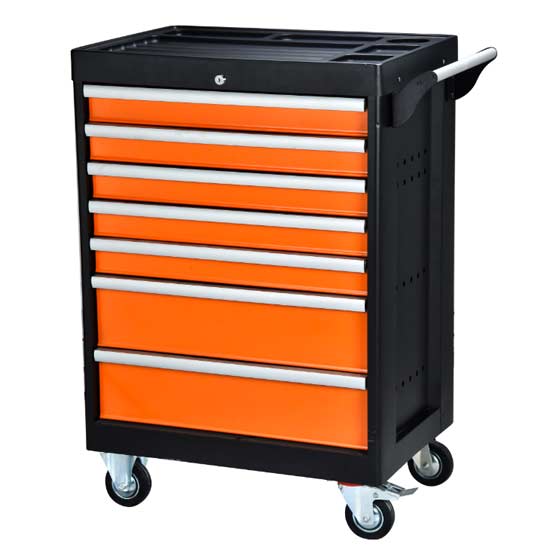 Tool Storage Cabinet
Tool Storage Cabinet
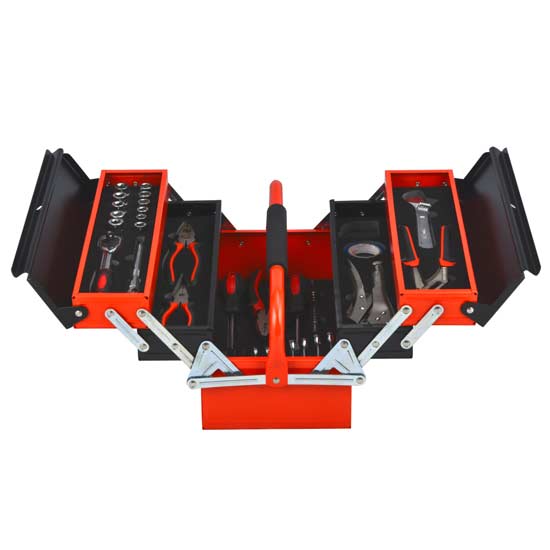 Metal Tool Box
Metal Tool Box
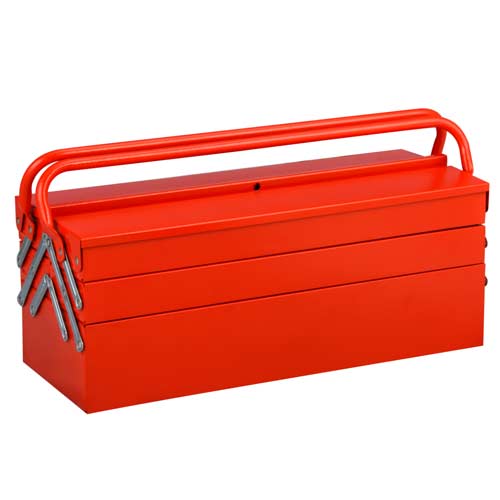 Large Metal Tool Storage Box
Large Metal Tool Storage Box
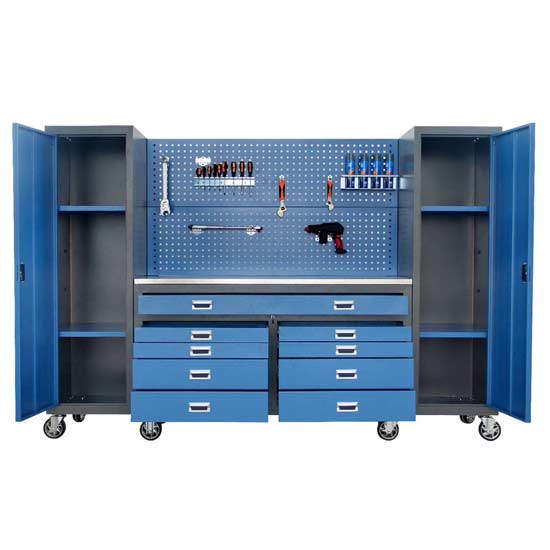 Blue Metal Tool Cabinet
Blue Metal Tool Cabinet
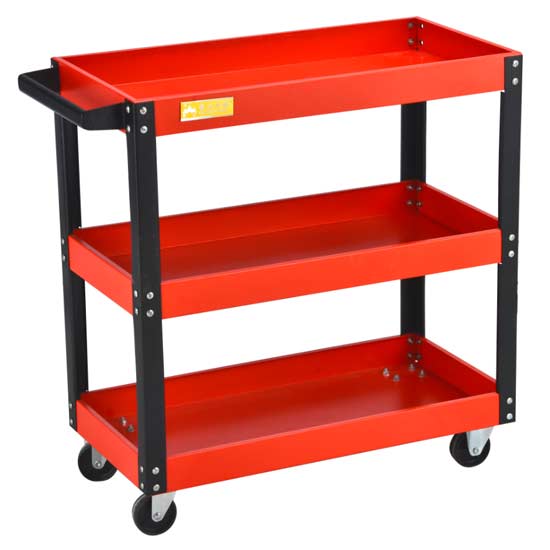 Red Steel Tool Trolley
Red Steel Tool Trolley
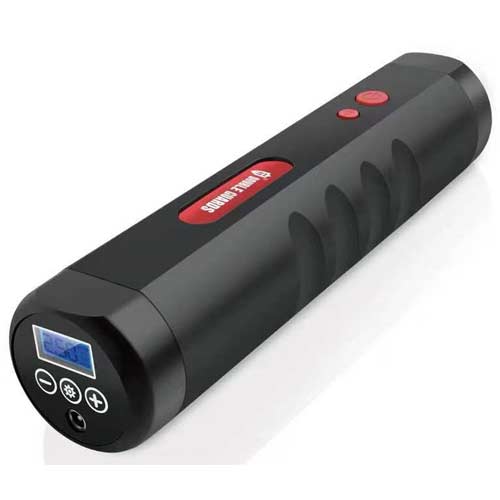 Portable Tire Inflator
Portable Tire Inflator
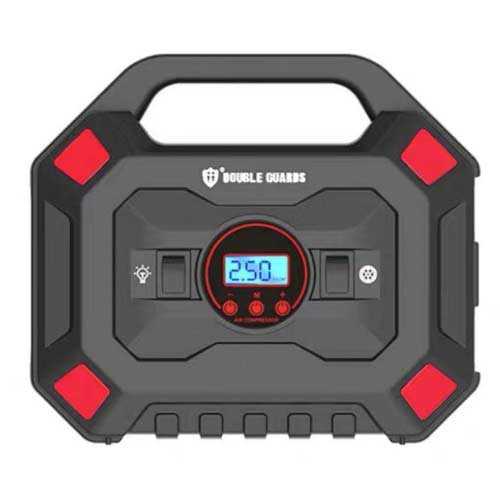 Custom Tire Inflator
Custom Tire Inflator
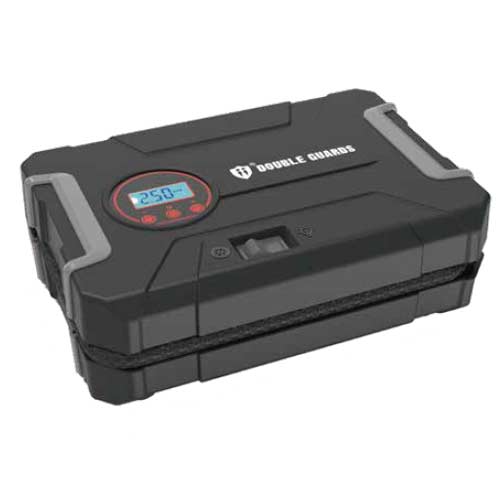 Tire Pressure Pump
Tire Pressure Pump
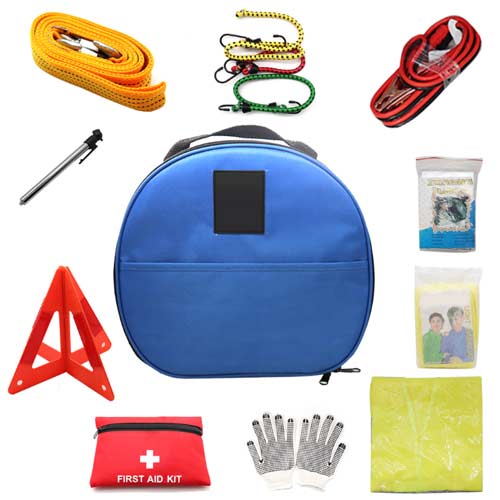 Auto Emergency kit
Auto Emergency kit